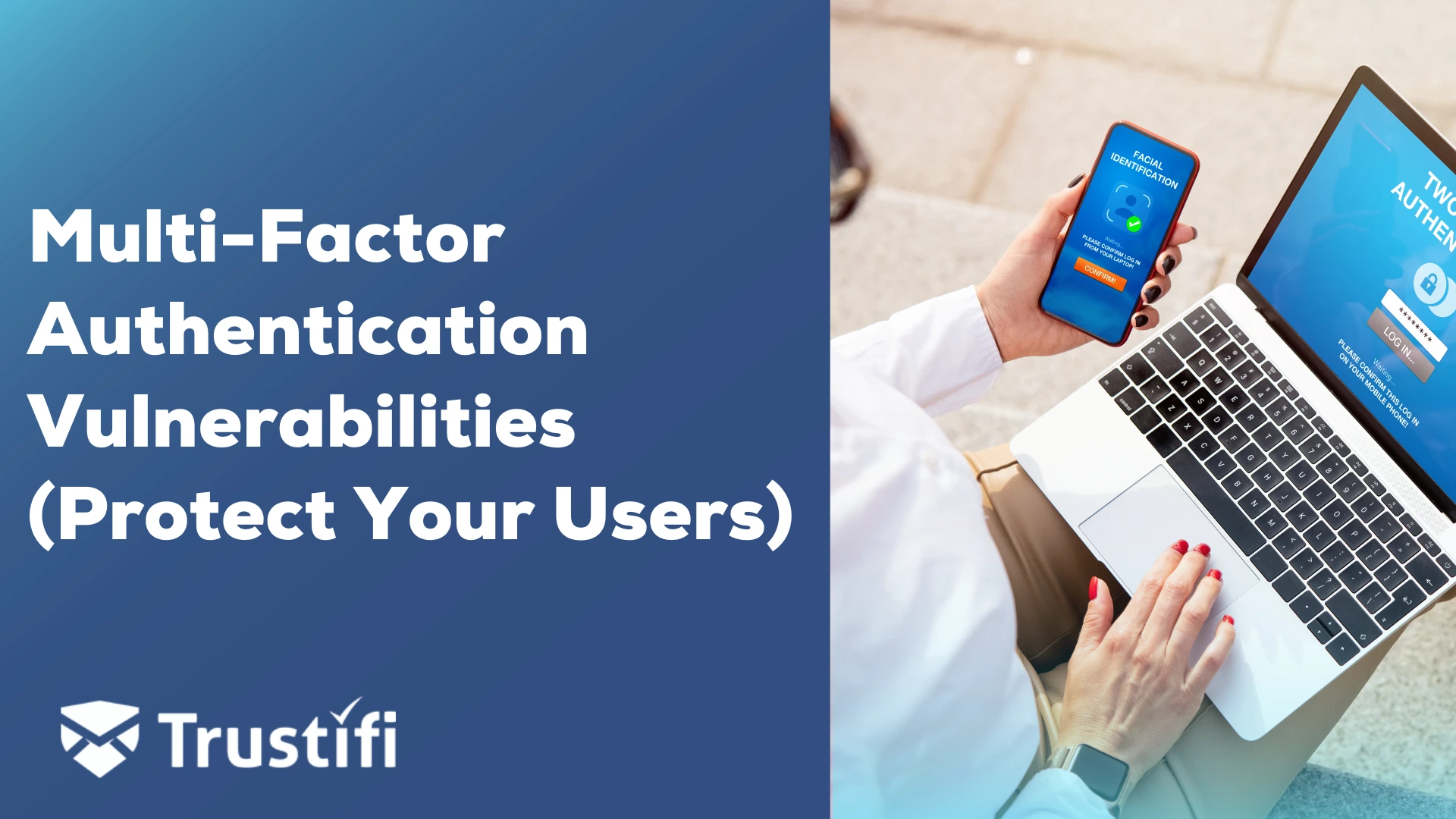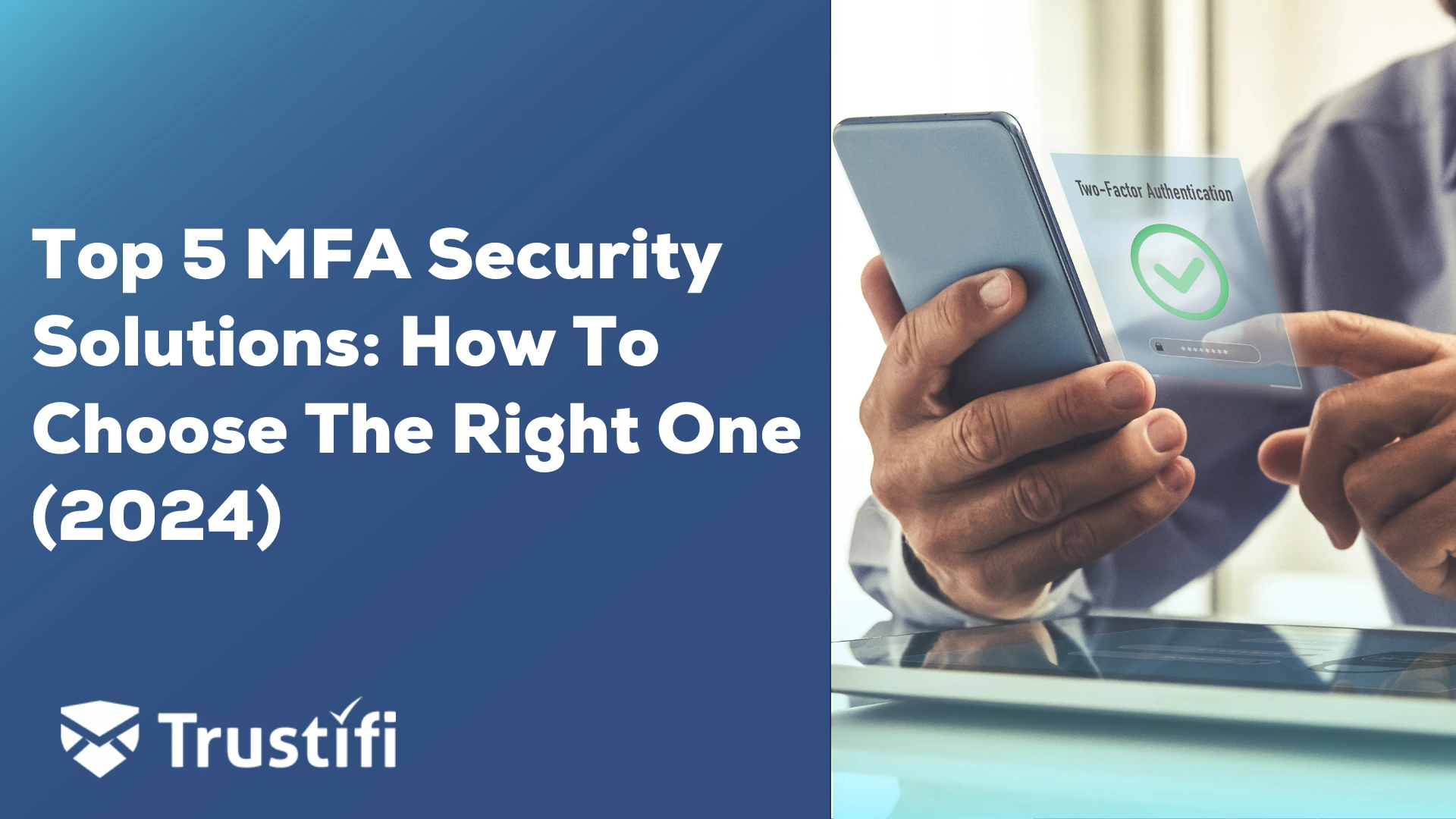The modern world is all about data. When an individual goes online and performs activities like clicking, tapping, liking, commenting, purchasing, posting and submitting, they are generating new data points. All these data points can be gathered to build a complete picture of a person’s personality, characteristics, behaviors, and preferences.
Departmental stores, schools, libraries, hospitals, phone companies and many other entities collect your personal information and store it in databases. The information may benefit these organizations in a number of ways, but those datasets are vulnerable to cybercriminals.
Every day, you hear about a new company that suffered a security breach, putting its success, as well as those of its business partners, at risk. Much damage can be done to customers and employees as well as to the business itself. So, if you own a business and don’t want it to be a spotlight in the news, you must understand the most common types of data breaches and how to mitigate them.
Trustifi offers a comprehensive solution, using Artificial Intelligence, to help you avoid or prevent most data breach types. But first, familiarize yourself with the common types of data breaches.
Definition of a Data Breach
A data breach is any unauthorized access to information. It can be something as vile as data theft or identity theft, or something as inadvertent as a data breach or information disclosure.
Data breaches occur any time an unauthorized party views restricted information and steals data through computer system vulnerabilities or security flaws, such as weak passwords or a network without strict controls.
These breaches can be accidental (such as when co-workers share hardware and one sees information on the other’s computer), carried out by insiders with authorized access to the computer systems or outsiders with malicious intent (such as deliberately accessing information to commit fraud, inflict harm or damage), or result from the loss or theft of an unencrypted or unlocked device containing sensitive information.
Types of Sensitive Data Usually Involved in a Data Breach
The type of sensitive information generally involved in data breaches falls into the following categories:
Financial Information
Hackers access sensitive data related to credit card information, bank accounts or loan, pension and insurance information, as well as other sensitive data.
Personally Identifiable Information
Cybercriminals can also gain unauthorized access or steal data such as social security numbers, phone numbers, driver’s license numbers, IP addresses, login IDs, social media posts, digital images, geolocation and behavioral data, among others.
Personal Health Information
A data security breach can also access data or gather information related to the healthcare industry like medical history, prescriptions, biometric data (including your fingerprints and full photographic images of your face), patient information, test results, medical facility billing information.
Intellectual Property
Hackers may also take advantage of intellectual property from an organization by gaining access to a research (commercial, medical, scientific, etc.), trade secrets, patents, copyrighted assets.
Types of Data Breaches
No matter how strong their security system may be, companies are still susceptible to security breaches. Yahoo, Verizon, and the National Health Service are just a few of the many companies which have suffered a massive security breach from attacks by cybercriminals who were able to penetrate their security and steal crucial data.
There are many types of data breaches, and not all are engineered by the most expert hackers. Some may include “simple” tactics like social engineering attack, password attacks or password guessing, malicious software, attached files (phishing attacks), or web applications (web apps). Others are focused on taking advantage of new technologies, for example, to execute a Distributed Denial of Service (DDoS) attack (malware attacks).
1. Human Negligence
Human error accounts for over 95% of security incidents, according to a study released in late September 2022 by the World Economic Forum. Humans are prone to errors and often commit mistakes that may seem absurd when viewed in hindsight but seemed reasonable in the moment. These mistakes can lead to their companies losing a lot of money. Even Apple could not prevent human error, when an irresponsible employee casually left a prototype of the latest iPhone to be stolen. Several hours later, all the specifications for the latest model were available on the web.
Because of human negligence, it is not uncommon for workers to leave a file, phone, or laptop somewhere they ought not to have. These types of errors can cost not only the specifications of new prototypes, but also the privacy of customers and patients. Physical data breaches can be prevented by keeping all devices in a secure location and making sure that only authorized personnel can access them.
As this vulnerability is the result of the human factor rather than the technological element, this form of security incident or cyberattack is extremely challenging to fight against.
Needless to say that this type of security breach is very susceptible to regulatory fines.
2. Ransomware
Ransomware, a type of malware attack similar to real-world kidnapping, is a common breach in the cyber world. Basically, a ransomware attack occurs when the hacker hacks into a user’s data on their PC, locks the user’s account, and then demands payment for the release of its decryption key.
Signs of a ransomware attack are: not being able to access files or information, and being notified of pending payments. A ransomware attack is perpetrated not just on individuals but on large enterprises, such as corporations, city governments, and hospitals. Organizations that refuse to comply with the attacker’s terms risk having their sensitive information or important data destroyed, sold to a competitor, or made public (if that valuable information should be kept confidential). As in real kidnappings or physical theft, there is no guarantee that the hackers will unlock the data or the stolen data after the ransom is paid. Learn more about what ransomware is.
3. Malware
Another major type of security breach is malware, which can be used both directly and indirectly. Malware can be either a malicious link with a malicious code or an attachment sent to the victim through email, text messages, or any other means. Just by the recipient clicking on the attachment, a hacker can gain access to the user’s system and exploit their confidential information (social security numbers, taxpayer identification numbers, credit card details).
The best protection from malware is vigilance. Make sure not to access web pages that look suspicious or open emails from unknown sources. If the email appears to be from a familiar source, make sure to confirm the origin of the message before clicking any links or downloading any attachments. Both of these methods are commonly used to spread malware.
4. Phishing
Phishing attack is similar to malware attack, and it is the most common type of cyberattack. In this scam, the criminals take on the identity of a familiar source (Learn more about how to identify phishing emails).
First, they gain the trust of their victim before attacking them. This happens when an employee of a company receives a bogus email that is disguised as the real thing, perhaps coming from an executive in the corporation. In reality, however, that email was sent by a cybercriminal trying to deceive the user and get access to the company’s protected information. Alternatively, the user may receive a fake email from a social media website asking them to change their password combination because the website administrators noticed some unusual behavior. As soon as they click the link, they are directed to a phishing webpage. Upon entering their login credentials, the hacker-in-the-middle gains access to those credentials and uses them to their own ends.
Mitigating Data Breaches
As data breaches become more common and more sophisticated, combating them has become extremely challenging. To prevent data breaches, it is essential for companies to be vigilant about these attacks and to be familiar with the latest technologies to prevent them.
If your organization isn’t already a victim of a security breach, chances are that you eventually will be, especially if you don’t have proper security measures in place.
Trustifi offers an email security solution that can provide 99% protection against such attacks. It is specifically designed to prevent users from receiving malicious emails by filtering incoming emails in real-time, diverting those that are obvious hazards, and warning users about potential threats in less obvious messages.
To learn more about how Trustifi can protect your systems from a sensitive security breach, contact a Trustifi representative today.



